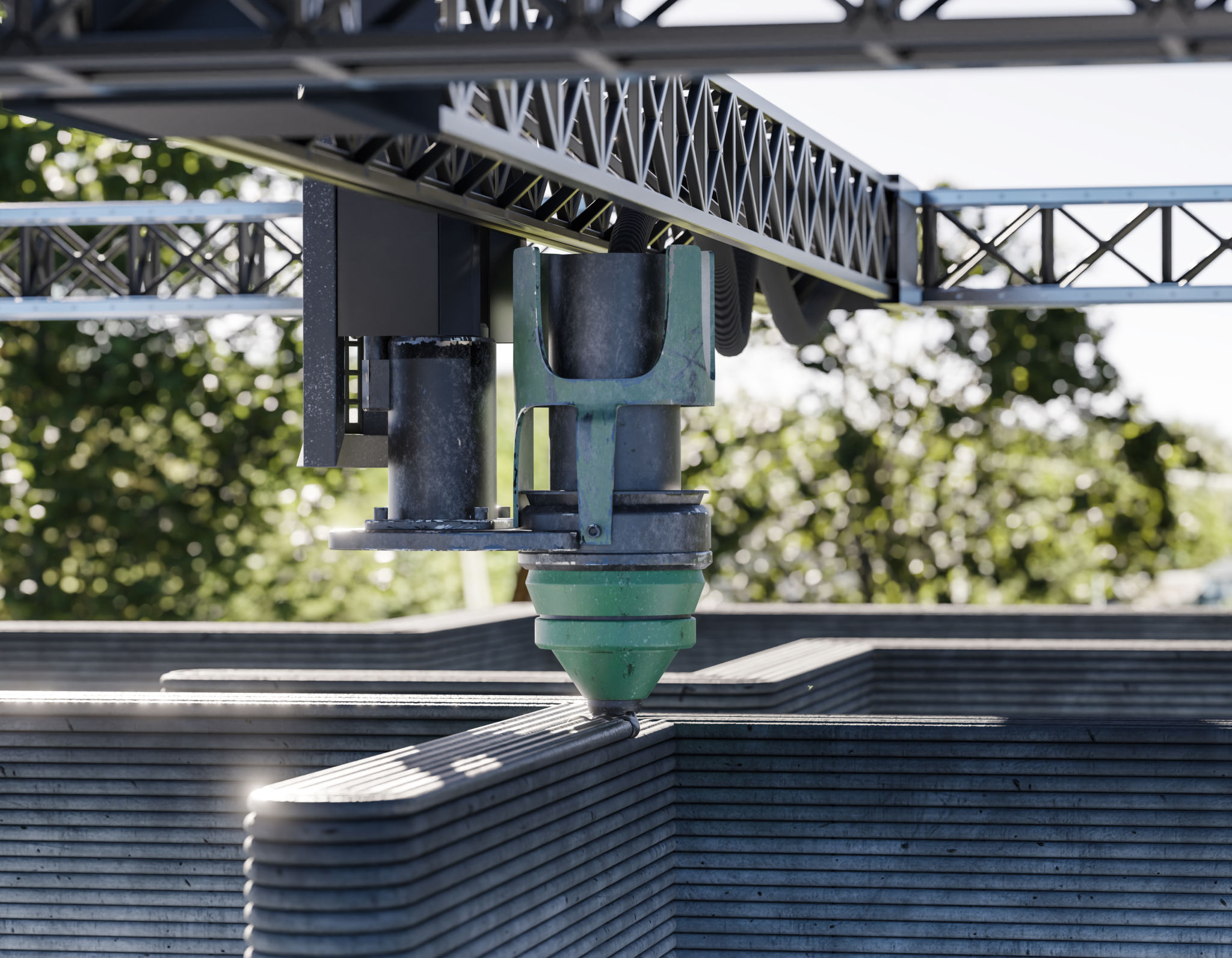Top 5 Innovations in Spare Parts Manufacturing You Should Know
Introduction
In recent years, the spare parts manufacturing industry has experienced significant advancements that are reshaping the landscape. These innovations are not only enhancing production efficiency but also improving the quality and durability of spare parts. In this blog post, we will explore the top five innovations in spare parts manufacturing that you should know about.
Additive Manufacturing
One of the most groundbreaking technologies in spare parts manufacturing is additive manufacturing, commonly known as 3D printing. This innovation allows manufacturers to produce complex parts with precision and minimal waste. By building parts layer by layer, additive manufacturing reduces material usage and shortens production times, leading to cost savings and faster delivery.

The adoption of 3D printing in spare parts manufacturing has opened possibilities for customization and on-demand production. Companies can now create bespoke parts tailored to specific requirements, enhancing the performance and lifespan of machinery and equipment.
Artificial Intelligence and Machine Learning
Artificial Intelligence (AI) and Machine Learning (ML) are transforming how spare parts are designed and manufactured. By analyzing vast amounts of data, AI algorithms can identify patterns and optimize production processes. This leads to improved quality control and predictive maintenance, reducing downtime and operational costs.
Manufacturers are also using AI to develop smart supply chain solutions, ensuring that spare parts are available when needed without overstocking. This not only enhances efficiency but also reduces waste, contributing to more sustainable practices.

Advanced Materials
The development of advanced materials is another key innovation in spare parts manufacturing. New materials, such as carbon fiber composites and high-performance alloys, offer superior strength, durability, and resistance to extreme conditions. These materials extend the life of spare parts and improve the overall performance of machinery.
By incorporating advanced materials into their products, manufacturers can meet the growing demands for high-quality components in industries such as aerospace, automotive, and energy.
Digital Twin Technology
Digital twin technology is revolutionizing the way manufacturers design and test spare parts. A digital twin is a virtual replica of a physical object that allows engineers to simulate real-world conditions and experiment with different variables. This technology enables manufacturers to identify potential issues before production, reducing errors and improving product reliability.

The use of digital twins also facilitates better collaboration across teams, as engineers can share insights and data in real-time. This enhances innovation and accelerates the development process.
Automation and Robotics
Automation and robotics are playing a crucial role in modernizing spare parts manufacturing. Robots are increasingly being used to perform repetitive tasks with precision and speed. This reduces human error and enhances productivity while allowing skilled workers to focus on more complex tasks.
In addition to improving efficiency, automation helps manufacturers maintain consistent quality across production runs. As robotics technology continues to advance, we can expect even greater integration of robots in the manufacturing process.
Conclusion
The innovations in spare parts manufacturing discussed above are transforming the industry by improving efficiency, quality, and sustainability. As these technologies continue to evolve, they will offer even greater benefits to manufacturers and consumers alike. Staying informed about these trends is crucial for businesses looking to remain competitive in an ever-changing market.
